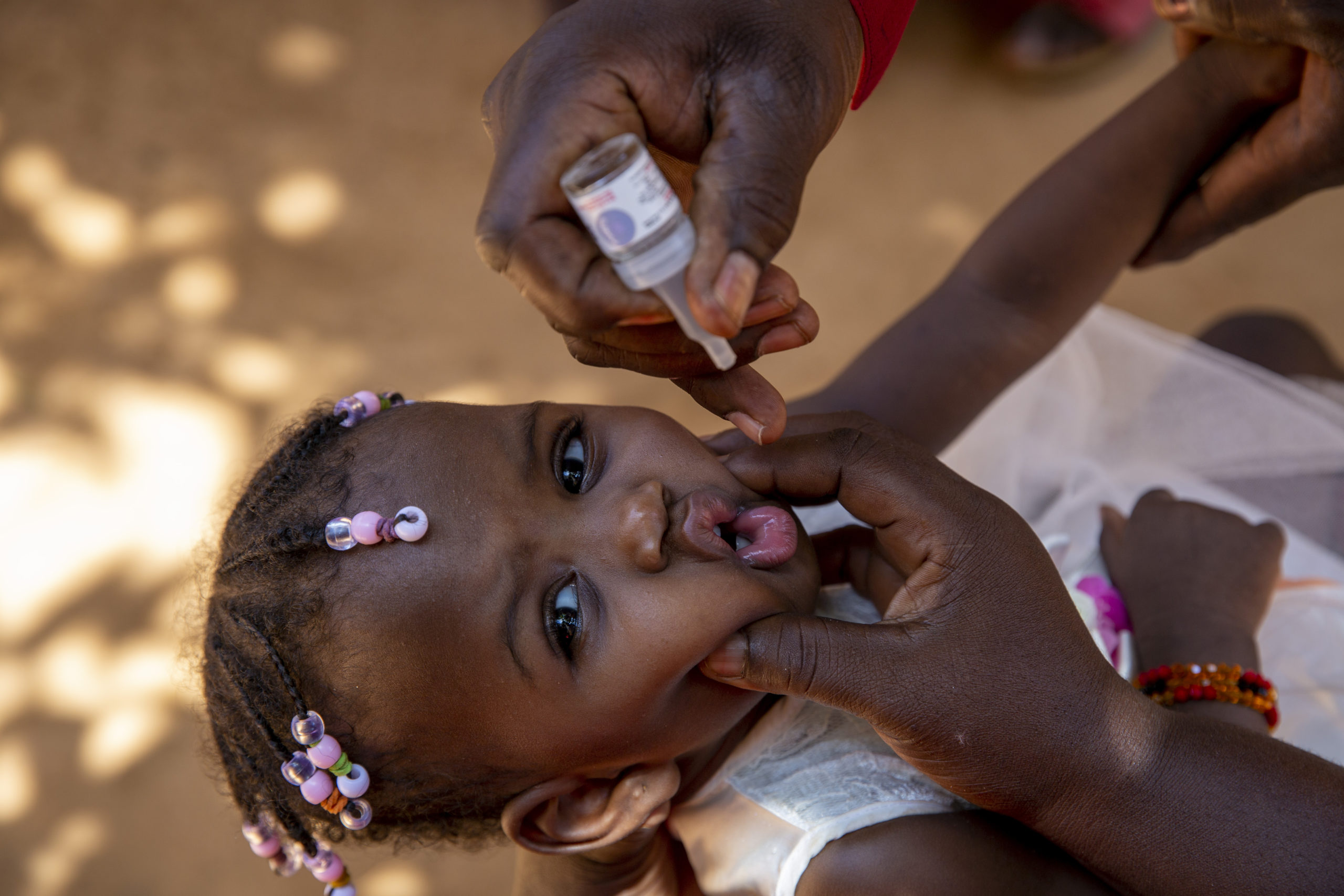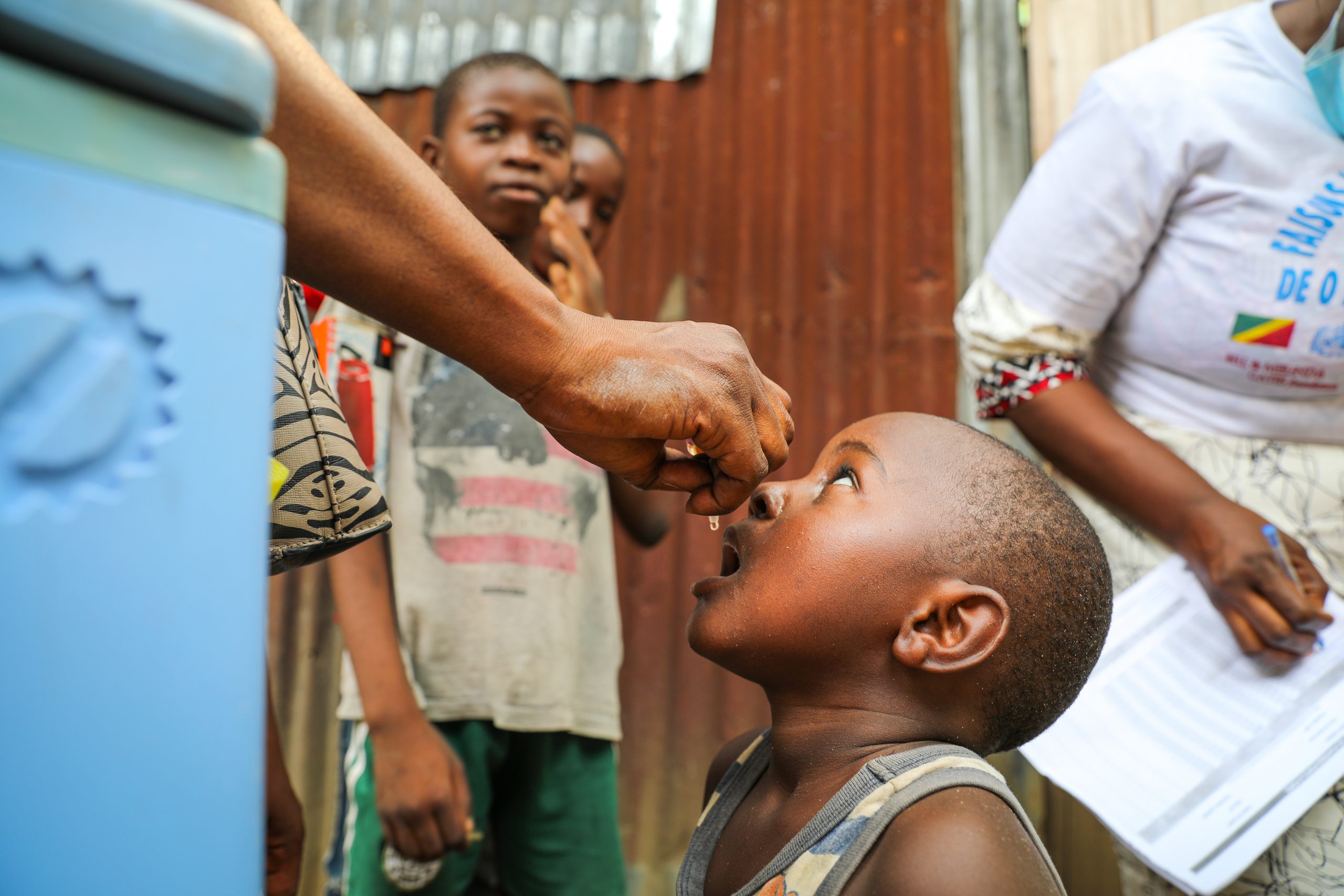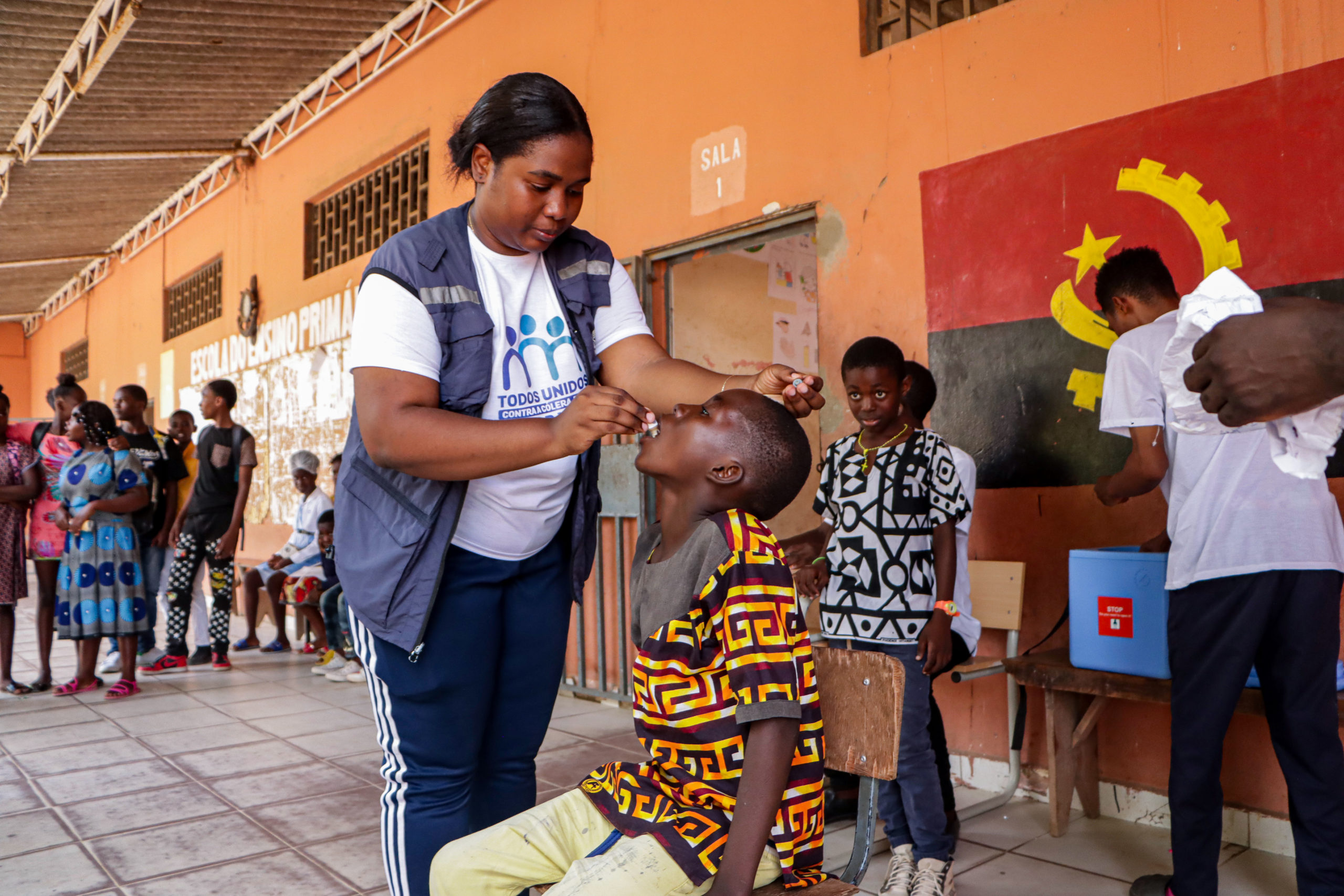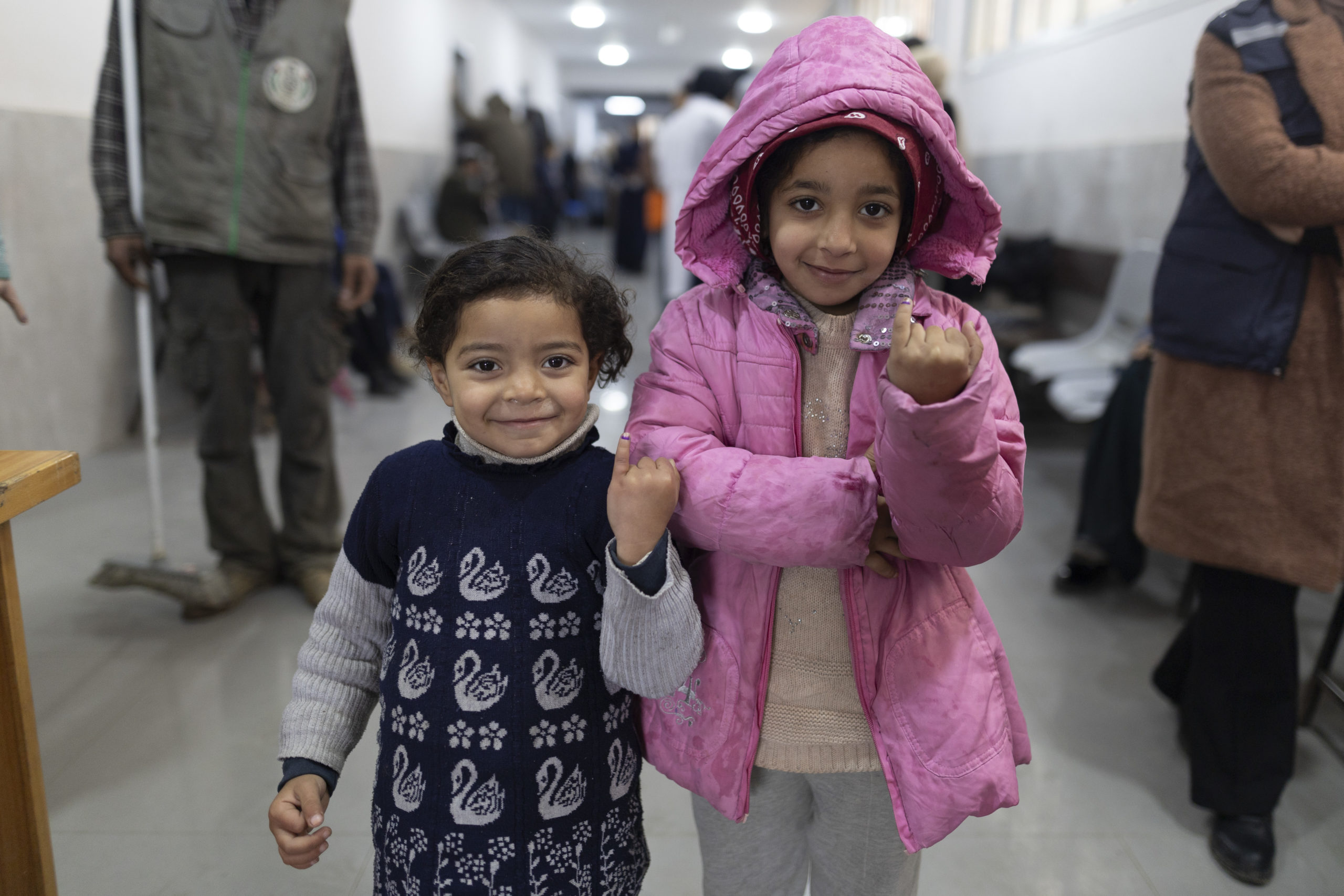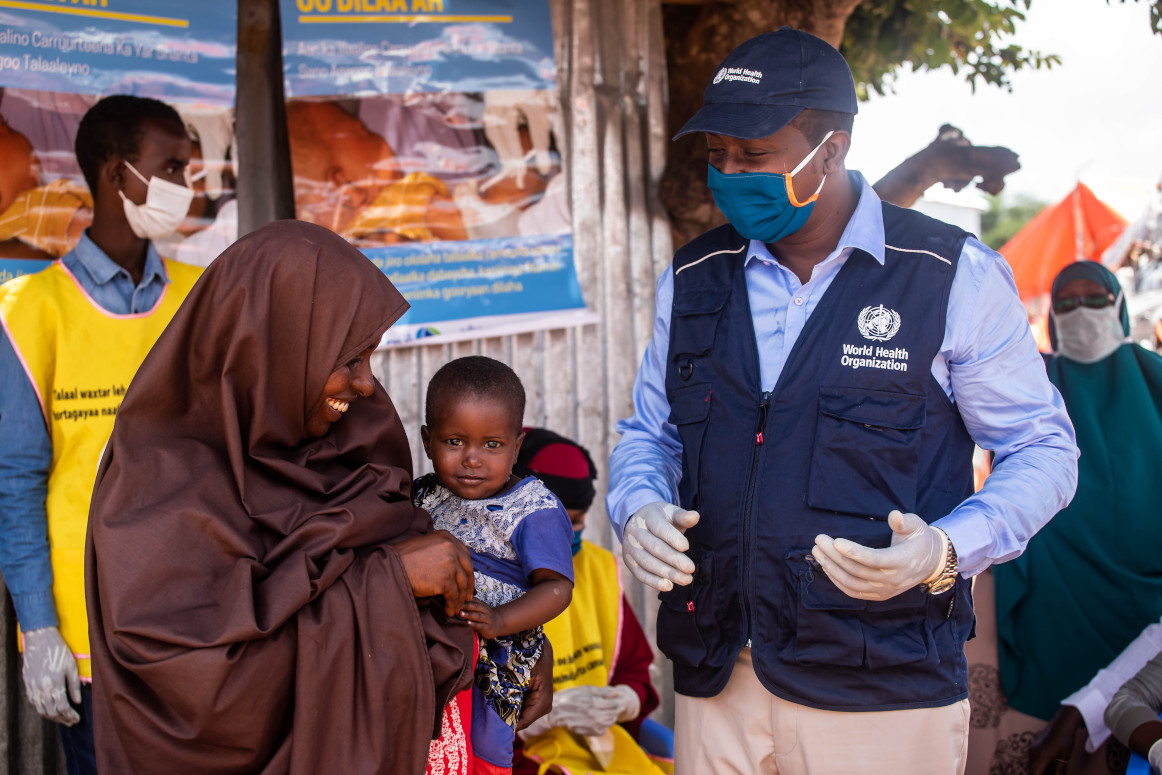
As COVID-19 reached Somalia, Mohamed readied himself to respond. For years, he had been building strong relationships with local health officers and communities to deliver polio vaccines to every child. Now, he would use those relationships to try to track the spread of the pandemic.
In Nigeria, Dr Rosemary Onyibe, a Polio Eradication Zonal Coordinator for WHO, felt her duty was calling. “My expertise is needed to serve my community,” she remembers thinking. Within days, she was working on Nigeria’s COVID-19 response.
These two individuals are part of a team of 5923 polio eradication personnel, who pivoted in a matter of weeks to fight COVID-19 in some of the most vulnerable settings in the world. A recent report published by WHO comprehensively documents the significant role played by polio eradication personnel during the pandemic, and urges strong action to sustain this network to deliver essential public health services after polio is eradicated. By doing so, we can ensure we are ready to respond to established and emergent diseases in future.
The polio programme has a long history of stepping up during health emergencies to fill the gaps that no one else can. As COVID-19 changed lives around the globe, polio staff led outbreak response teams and trained laboratory staff to detect the virus. Polio disease surveillance officers searched for COVID-19 cases and thousands of frontline polio workers shared information on the disease with their communities. In some countries, polio emergency operations centres were converted for the pandemic response. As the situation has evolved, so have polio programme contributions – in coming months, the programme plans to use its expertise in immunization to help to deliver COVID-19 vaccines, as well as urgently reach at least 80 million children who have missed out on vital vaccines during the pandemic.
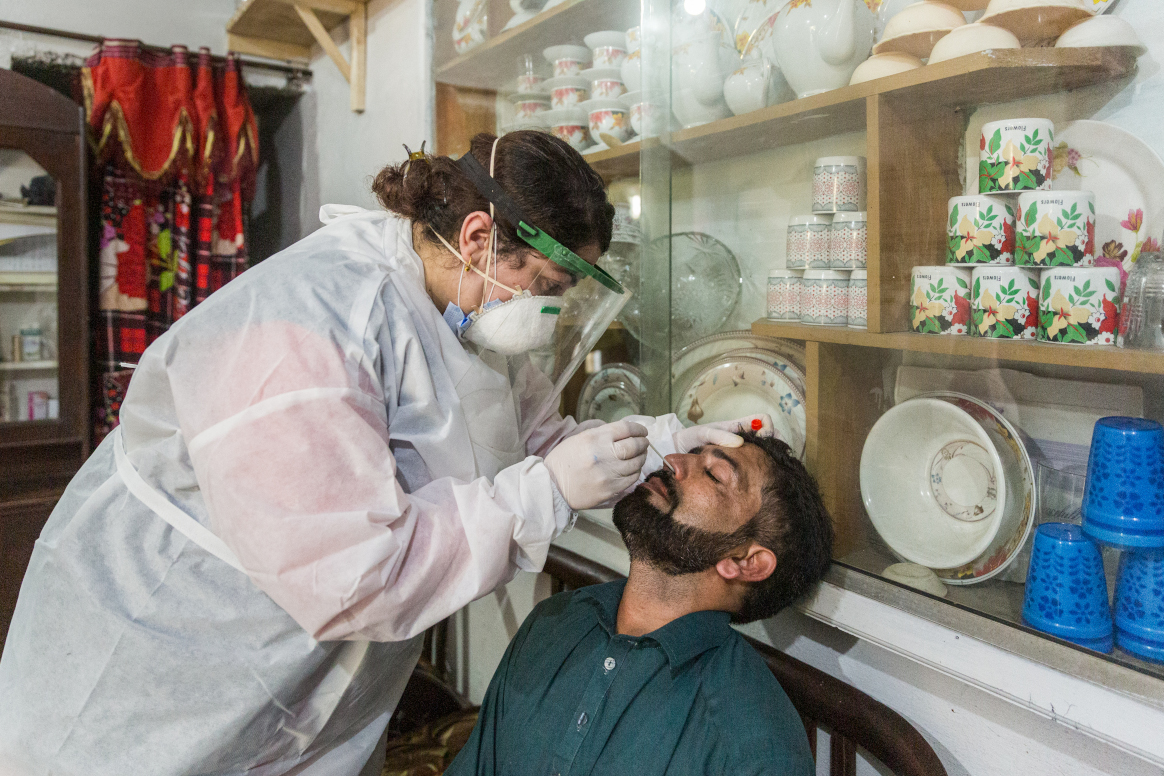
As one of WHO’s largest operational workforces, comprising nearly 18% of the organization’s programme budget in 2020-21, the widespread utilisation of polio-funded infrastructure and human resources for COVID-19 has brought into focus why we must retain this network for the future. When polio is eradicated, funding for the programme’s vast infrastructure will end. Through the “polio transition” process, WHO is working to transfer the polio network to serve other public health goals, including the broader immunization, health emergencies and health systems strengthening agenda. This is no easy task – detailed planning and dedicated funding is needed to permanently integrate assets and functions into national health systems.
The report finds that COVID-19, whilst presenting challenges, provides an opportunity to accelerate this “transition” process. In the coming months, WHO regional offices will begin to launch ‘integrated public health teams’, which will bring together individuals with expertise in polio eradication, emergency response and immunization to work collaboratively on the next stages of COVID-19 response and recovery. Showing “transition in action”, these teams will exemplify one way via which health systems could be supported in future. Simultaneously, WHO is continuing work to support countries to develop detailed plans modelling how polio capabilities can be sustained.
The critical role that polio assets have played in tackling multiple health emergencies, in supporting immunization activities and in COVID-19 response, demonstrate that these assets have a clear role to advance future national and global health security. This will also help to sustain a polio-free world. In the South East Asia Region, which was certified free of wild polio in 2014, almost 2600 polio and immunization staff used their experience of managing immunization programmes in emergency settings to respond to COVID-19. Their work included undertaking training of health staff and village governors in Indonesia, acting as a focal point for the COVID-19 response in Cox’s Bazar, Bangladesh, and drafting vaccination plans for Rohingya refugees. In Nepal, the network supported COVID-19 field investigations and case clusters, whilst in Myanmar, personnel formed part of the pandemic incident management team, and supported disease surveillance. These contributions underline that sustaining polio and immunization capacity puts us in a better position to respond when health crises arise.
The report also details how polio assets were able to reach nomadic communities in Kenya to warn them about virus spread, deliver an integrated digital platform for tracking case investigations across the African region, and answer 70 000 calls a day through a polio call centre adapted for COVID-19 in Pakistan. In Uttar Pradesh, India, polio micro-plans were adapted to survey 208 million people twice in three months for COVID-19, resulting in the identification of over 200 000 individuals with symptoms of the virus. Such diversity of operations plays a key role in protecting our collective health.
In a time when sturdy public health systems are particularly vital, we must ensure that polio infrastructure is transitioned to tackle pressing health issues long into the future.
For a detailed costing of polio contributions to COVID-19 response and a country-level breakdown of how the polio network stepped up, please see the report annexes.
